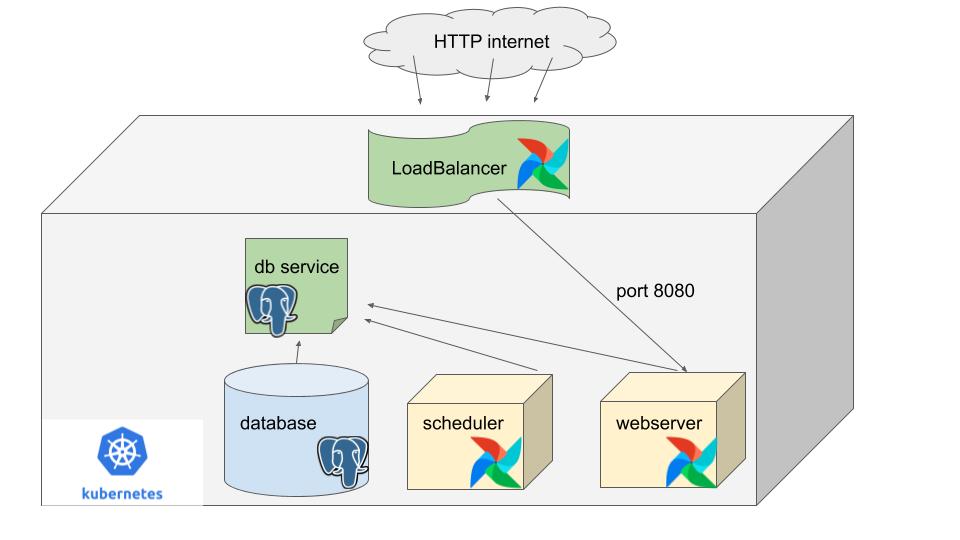
Yikes, distributed geospatial data processing at scale. That has fun written all over it… not. There isn’t that many people doing it so StackOverflow isn’t that useful. Anyone who has been around geospatial data knows the tools like GDAL are notoriously hard to use and buggy… and that one’s probably the “best.” What to do when you want to process and explore large satellite datasets like Landsat and Modis? Terrabytes/petabytes of data, what are going to do, download it? The power of distributed processing with Apache Spark. The simplicity of using SQL to work on geospatial data. Put them together… rasterframes. What a beast.
Read more








